Kratos, or the Ghost of Sparta, is a video game character from Sony Santa Monica’s God of War series, which is loosely based on Greek mythology. He first appeared in the 2005 video game, God of War, which led to the development of 6 more games featuring him as the protagonist. The next installment is currently in development, which will take Kratos into Norse mythology.
1. Kratos is a Spartan warrior who becomes the Ghost of Sparta after accidentally killing his family on behalf of Ares’ trickery. He becomes the God of War after killing Ares.
2. He eventually finds out that he’s a demigod and the son of Zeus, who betrays Kratos. Each part of the game centers around Kratos getting revenge against the Greek gods.
3. The God of War franchise is a flagship title for PlayStation and Kratos is one of its most popular and well received characters.
4. Kratos means “power” or “strength” in Greek, which is likely a reference to Kratos’ god-like physical strength and overall power in general.
5. Even though Kratos isn’t a character in actual Greek mythology, there is a character called “Cratos.” Cratos is the son of Pallas and Styx and, according to Greek mythology, he’s the personification of strength and power. However, while Kratos is obsessed with getting revenge on the gods, Cratos is entirely loyal to Zeus.
6. In Greek mythology, Cratos and Bia were commanded by Hephaestus to imprison Prometheus. On the other hand, in God of War II, Kratos released Prometheus from his imprisonment.
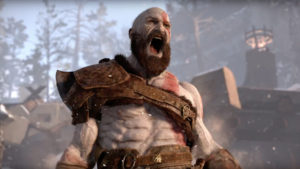
7. In God of War III, it was revealed that Kratos is 8 feet tall.
8. Kratos kills about one god every game, with the notable exception of God of War III, where he kills 7 gods.
9. His family is shown to be the only people he’s ever truly loved. For example, the only time he has even been seen smiling in the game was when he found Calliope in the Underworld.
10. From God of War to God of War III, Kratos’ tattoo gets thinner and thinner and changes slightly in design. In the first game, the tattoo stretches on his chest from close to his sternum to past his left nipple. In the second game, it’s closer to his nipple. In the final game, it doesn’t cover his nipple at all.
11. In God of War II, when Kratos is taken back in time by Atropos to his battle with Ares, his past self’s tattoos are very faded in color, until the ending scene where he grabs the Blade of the Gods and they light up.
12. In the Temple of Lahkesis in God of War II, Lahkesis tells Krato that only death awaits him in his journey, and that seems to be the case since at the end of God of War III he tries to kill himself. However, in the post-credits cutscene, it shows that his body is missing and trail of blood leading to the nearby sea.
13. Developer Stig Asmussen has revealed that David Jaffe intended for Kratos to take on the Norse and Egyptian gods after defeating Zeus and the Greek pantheon.
14. In all of the main installment of the series, Kratos is always killed at some point through impalement through his abdomen. He also burns a man alive in every one of the main games.
15. Most of Kratos’ actions during the series are driven by pure rage and vengeance, except when he’s searching for the Ambrosia to save his daughter, when he’s saving his brother Dimos and preventing Pandora from sacrificing herself in the Flame of Olympus.
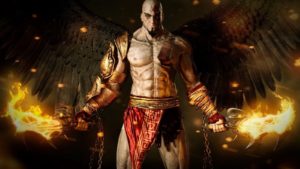
16. In early screenshots of God of War, Kratos’ tattoo was in the shape of the omega symbol when it was seen on his head.
17. It’s never really mentioned how long Kratos reigned as the God of War, but judging from the 4603 days of working on the Labyrinth, Daedalus has spend about 12.6 years working on it. This means that 12.6 years has passed between God of War and God of War III.
18. Kratos’ fighting style changes through the games as he becomes more and more experienced. For example, in God of War: Ascension, he uses the Blades of Chaos to perform grabs while in all the other games he prefers to overpower his enemies by grabbing them with his hands.
19. Kratos makes a guest appearance in Soulcalibur: Broken Destiny. He fights with the Blades of Chaos, Blade of Olympus, Icarus Wings, and Poseidon’s Rage.
20. In the 2008 The Simpsons Games, a parody of Kratos is seen in the background of a level on a billboard. The words “God of Wharf” are written next to a picture of a Simpsons type Kratos eating a bowl of chowder.
21. The PlayStation 3 exclusive kart racing game ModNation has Kratos and his Kart of Chaos as a playable character when pre-ordering.
22. In 2009’s Little Big Planet, there is a rare Kratos costume, as well as Medusa, and Pandora’s Guardian.
23. He also appears in the PlayStation 3 version of the 2011 game Mortal Kombat, with his own set of moves, and a personal God of War battle arena.
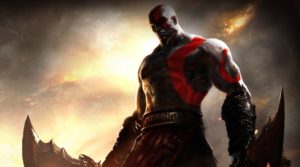
24. In God of War: Ghost of Sparta, there was a piece of artwork for a female version of Kratos but it was cut due to its nudity and voice acting.
25. Initial designs for Kratos included him having long, flowing hair and carrying a baby on his back.
26. David Jaffe was heavily influenced by Ray Harryhausen and the 1981 classic Clash of the Titans.
27. While showcasing the game to the media at E3 2004, developers told journalists that their aim was to blend the action from Devil May Cry with the puzzle solving elements of Ico.
28. Kratos voice actor Terrence C. Carson also voices Jedi legend Mace Windu in the Star Wars: Clone Wars series, and several Star Wars video games.
29. In one part of the game, Kratos realizes that he has to burn a pleading soldier in his cage in order to progress. In the PAL and Japanese releases, this moment was altered to show the soldier as a furious undead zombie rather than a desperate man pleading for help.
30. Hollywood has been trying to bring Kratos into movies ever since the first game came out. The script has gone through multiple iterations and changes but nothing has stuck so far.

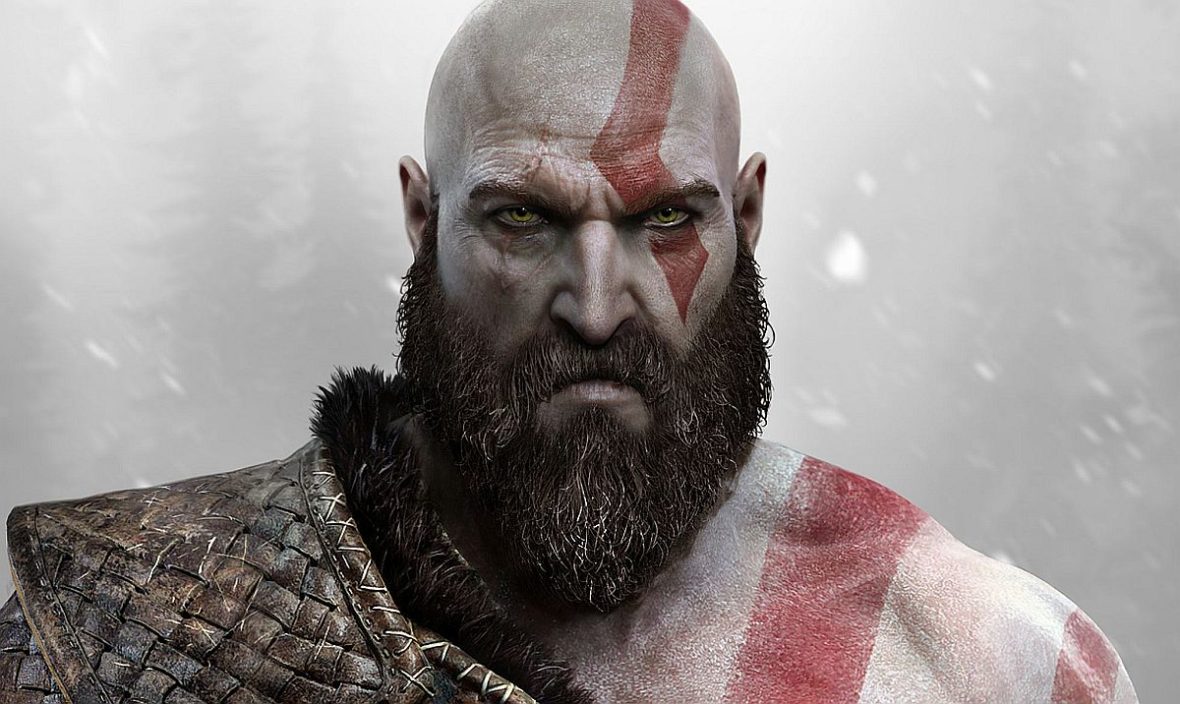

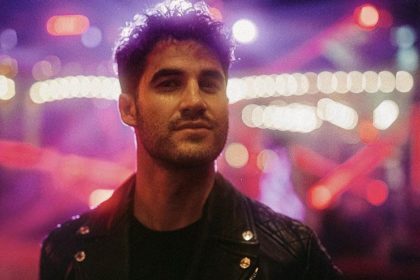

One Comment
TRAVIS MAINA
August 13, 2018 at 8:54 amI LOVE KRATOS POWERS